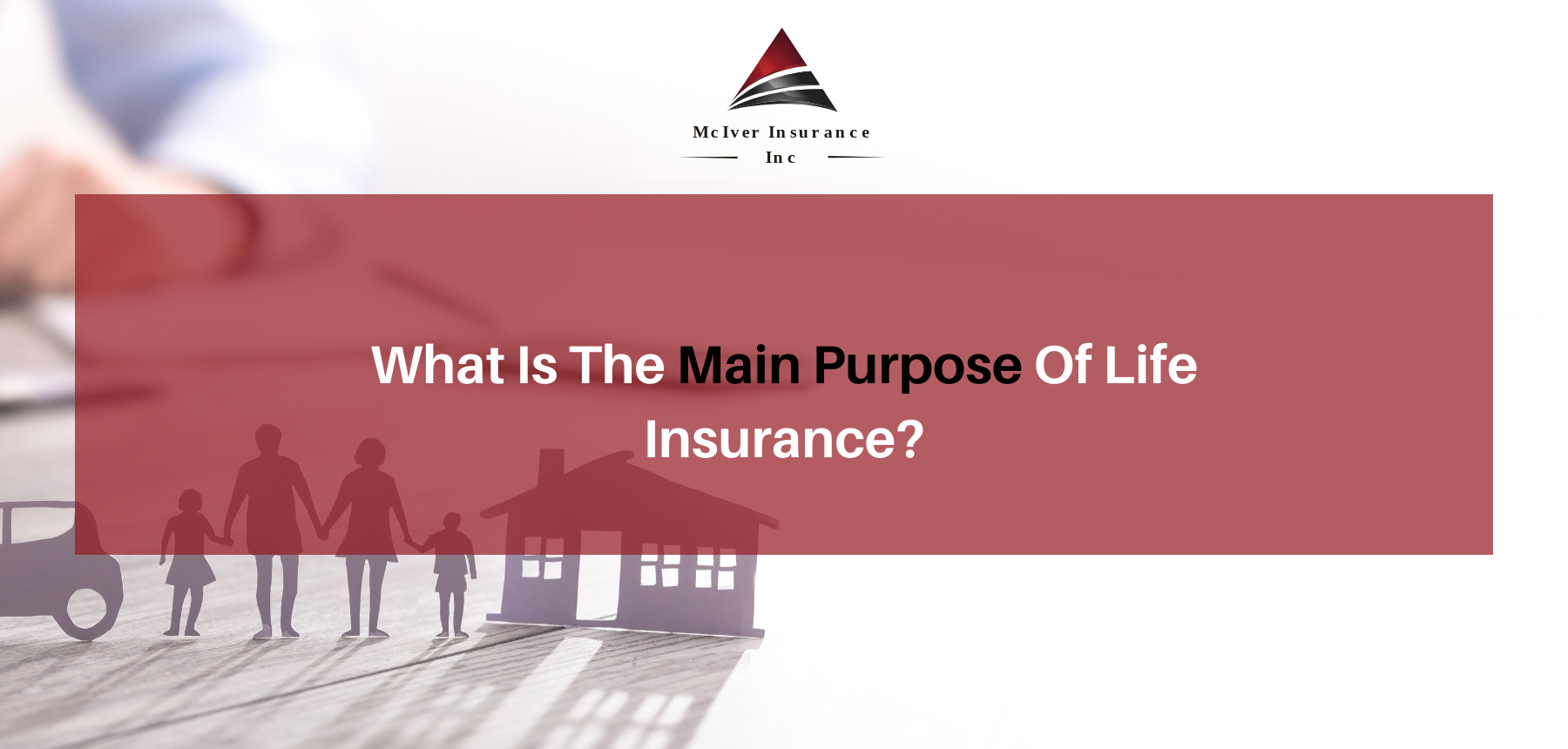The 4-Minute Rule for Pacific Prime
The 4-Minute Rule for Pacific Prime
Blog Article
The Ultimate Guide To Pacific Prime
Table of ContentsNot known Incorrect Statements About Pacific Prime 7 Simple Techniques For Pacific PrimeGetting The Pacific Prime To Work8 Easy Facts About Pacific Prime ExplainedPacific Prime Things To Know Before You Get This

This is because the information were collected for a duration of solid economic performance. Of the approximated 42 million people who were without insurance, almost about 420,000 (concerning 1 percent) were under 65 years of age, the age at which most Americans end up being eligible for Medicare; 32 million were adults between ages 18 and 65, about 19 percent of all grownups in this age; and 10 million were kids under 18 years old, about 13.9 percent of all youngsters (Mills, 2000).
These estimates of the variety of persons uninsured are produced from the yearly March Supplement to the Current Populace Survey (CPS), performed by the Demographics Bureau. Unless or else kept in mind, nationwide price quotes of individuals without medical insurance and proportions of the populace with various sort of protection are based upon the CPS, one of the most extensively utilized resource of price quotes of insurance policy protection and uninsurance rates.
How Pacific Prime can Save You Time, Stress, and Money.
:max_bytes(150000):strip_icc()/terms_i_insurance_FINAL_-3556393b3bbf483e9bc8ad9b707641e4.jpg)
Still, the CPS is specifically helpful because it produces yearly price quotes relatively quickly, reporting the previous year's insurance protection approximates each September, and since it is the basis for a regular collection of quotes for greater than 20 years, enabling for analysis of trends in coverage over time. For these reasons, as well as the comprehensive use the CPS in various other research studies of insurance policy protection that are offered in this record, we depend on CPS estimates, with limitations kept in mind.

The quote of the number of uninsured individuals broadens when a populace's insurance policy status is tracked for a number of years. Over a three-year period beginning early in 1993, 72 million individuals, 29 percent of the More hints U.S. https://disqus.com/by/disqus_tLNq8V4sBK/about/. population, lacked coverage for at least one month. Within a single year (1994 ), 53 million individuals experienced a minimum of a month without coverage (Bennefield, 1998a)
Six out of every ten without insurance grownups are themselves used. Functioning does enhance the likelihood that one and one's family participants will certainly have insurance, it is not a warranty. Even participants of family members with two permanent breadwinner have nearly a one-in-ten chance of being uninsured (9.1 percent uninsured rate) (Hoffman and Pohl, 2000).
Not known Facts About Pacific Prime
New immigrants make up a substantial percentage of individuals without medical insurance. One evaluation has connected a considerable part of the current growth in the size of the united state uninsured population to immigrants who showed up in the country in between 1994 and 1998 (Camarota and Edwards, 2000). Current immigrants (those who pertained to the USA within the past 4 years) do have a high price of being uninsured (46 percent), but they and their children represent simply 6 percent of those without insurance country wide (Holahan et al., 2001).
The partnership between medical insurance and accessibility to care is well established, as recorded later in this phase. The partnership in between health and wellness insurance coverage and wellness end results is neither straight neither easy, a substantial professional and wellness solutions research study literature links health insurance policy protection to enhanced access to care, better high quality, and improved individual and populace health and wellness condition.
Degrees of analysis for examining the effects of uninsurance. This conversation of health insurance policy protection focuses primarily on the united state populace under age 65 since essentially all Americans 65 and older have Medicare or other public coverage. It concentrates particularly on those without any wellness insurance for any size of time.
Things about Pacific Prime
The problems dealt with by the underinsured are in some areas similar to those encountered by the uninsured, although they are normally much less serious. expat insurance. Uninsurance and underinsurance, nevertheless, involve definitely different policy issues, and the strategies for addressing them may differ. Throughout this study and the five records to follow, the major focus is on individuals without any wellness insurance coverage and hence no assistance in spending for wellness treatment past what is offered with charity and safety and security web institutions
Medical insurance is a powerful element affecting invoice of treatment since both clients and doctors respond to the out-of-pocket rate of solutions - https://www.quora.com/profile/Freddy-Smith-136. Medical insurance, nonetheless, is neither essential nor sufficient to access to clinical solutions. The independent and straight impact of health insurance coverage on accessibility to wellness services is well established.
Others will certainly acquire the healthcare they need even without health insurance policy, by paying for it expense or seeking it from providers that use care free or at extremely subsidized rates. For still others, medical insurance alone does not guarantee invoice of care due to the fact that of other nonfinancial obstacles, such as an absence of healthcare providers in their community, restricted accessibility to transport, illiteracy, or linguistic and cultural distinctions.
Pacific Prime Fundamentals Explained
Formal research study concerning without insurance populations in the USA dates to the late 1920s and very early 1930s when the Board on the Price of Treatment created a collection of records concerning financing doctor office gos to and hospital stays. This concern became salient as the numbers of medically indigent climbed up throughout the Great Anxiety.
Report this page